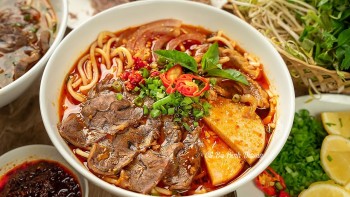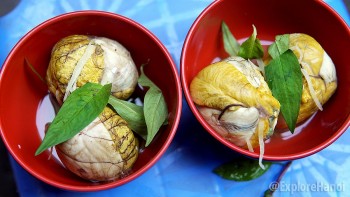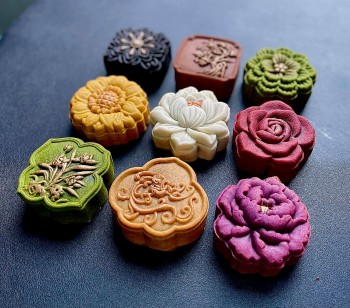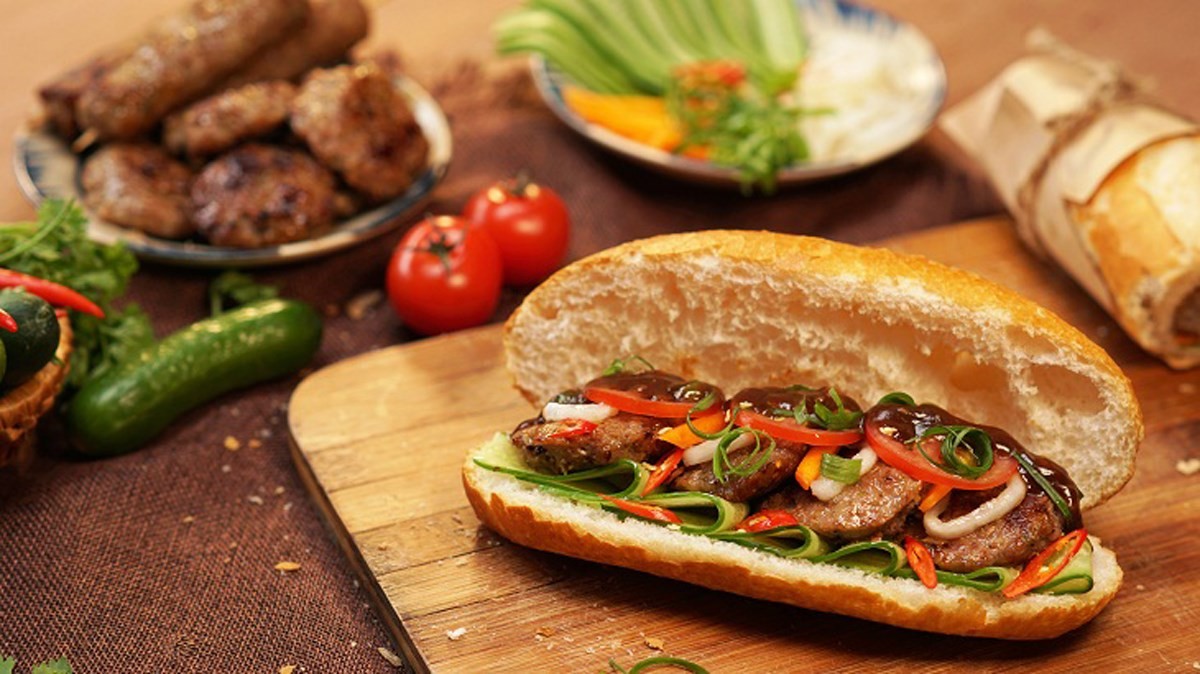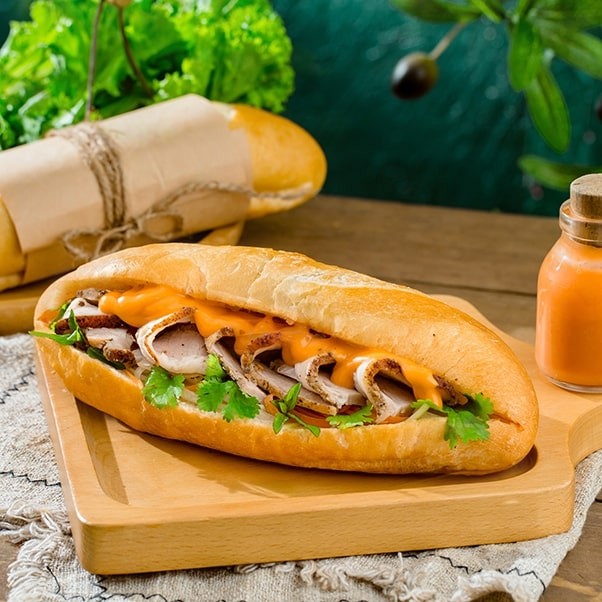CNN: The Best and Most Delicious Bread in Asia
| Five Wonderful and Delicious Delicacies For Tourists Visiting Hue | |
| Unique and Unusual Vietnamese Food Dishes That You Can Try in Ho Chi Minh City | |
| How To Make Baked Mooncakes At Home |
1. Kare pan, Japan
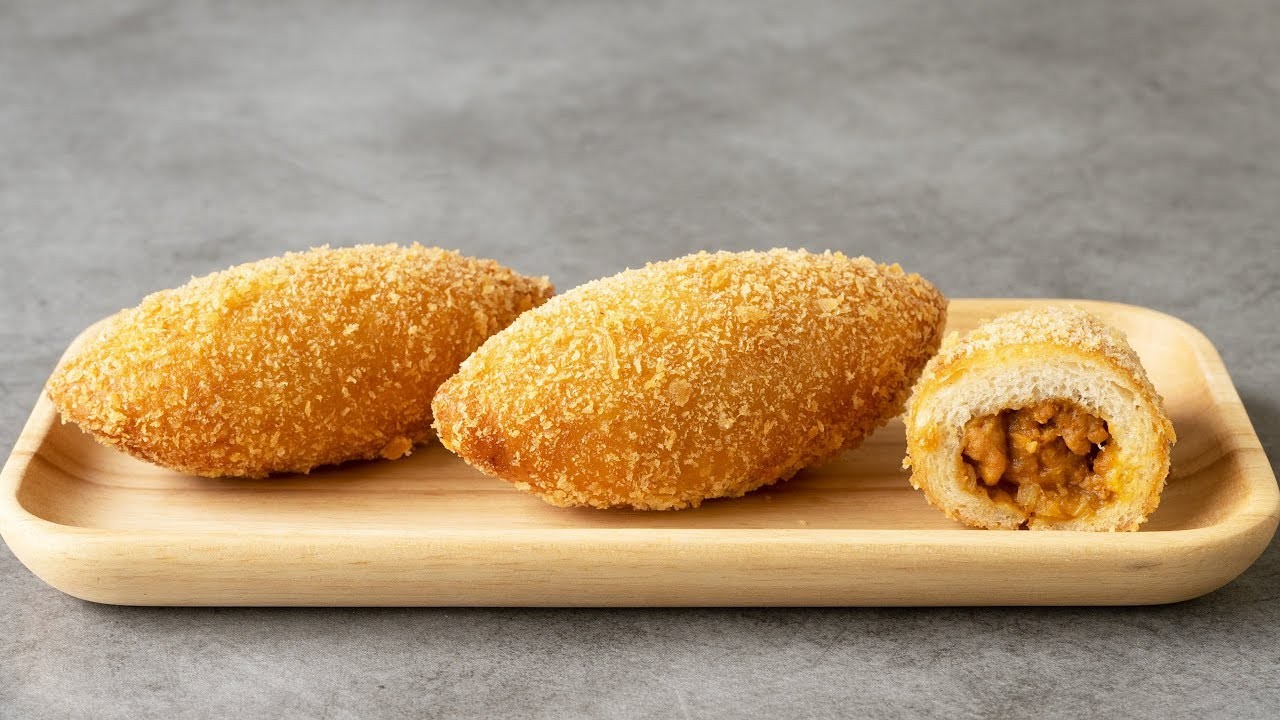 |
| Photo: El Mundo Eats |
The star of kare pan—curry bread, in Japanese—is the thick, slightly smoky gravy that’s eaten, over rice (or udon!), all across Japan. You can find Japanese curry in local diners and roadside stalls and train stations and national chains, to say nothing of the name-brand establishments that’ve made their way to the States. But you’re even more likely to catch it in somebody’s home kitchen, made with store-bought bricks of curry, which are dissolved in stock and simmered with chicken and carrots and potatoes and onions. The dish is the answer to anyone’s argument that boxed, ready-made food is inferior.
The original kare pan is said to have been invented at the Tokyo bakery Cattlea, in 1927, when its owner applied the very Western notion of deep-frying to his country’s curry. The bakery, which is only a brisk walk from Morishita Station, still cranks out loads and loads of buns a day.
2. Shao Bing, China
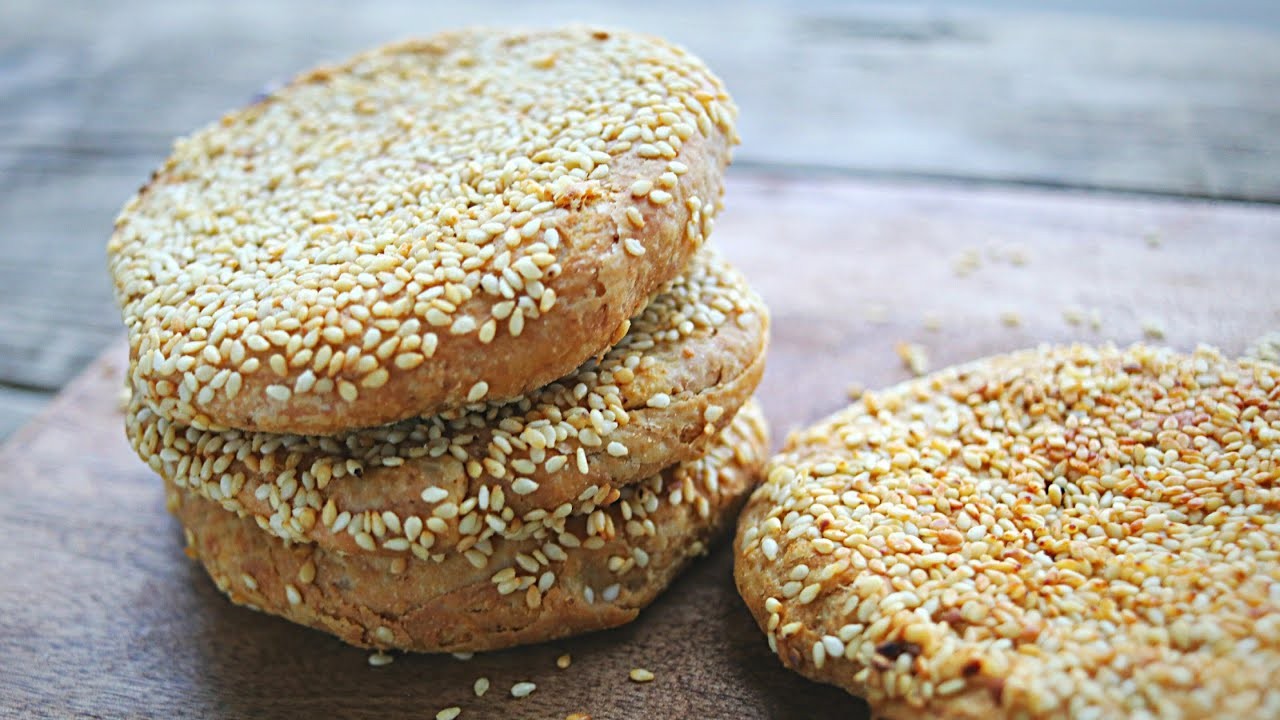 |
| Photo: East Meets Kitchen |
Shaobing, also called huoshao, is a type of baked, unleavened, layered flatbread in Northern Chinese cuisine. Shaobing can be made with or without stuffing, and with or without sesame on top. Shaobing contains a variety of stuffings that can be grouped into two main flavors: savory or sweet. Some common stuffings include red bean paste, black sesame paste, stir-fried mung beans with egg and tofu, braised beef, smoked meat, or beef or pork with spices.
Shaobing is not very well known in southern China, unlike other northern dishes like mantou, baozi, and youtiao. Most Shaobing are popular in the northern part of China. Different types of shaobing are often associated with certain cities and towns.
Shaobing is a common breakfast item. Filled shaobing are usually eaten with soy milk and tea, while unfilled ones are usually eaten with steamed eggs or a breakfast meat dish. In the Mandarin cuisine tradition, shaobing are served with hot pot (huǒguō) in winter or soy milk.
3. Luchi, Bangladesh
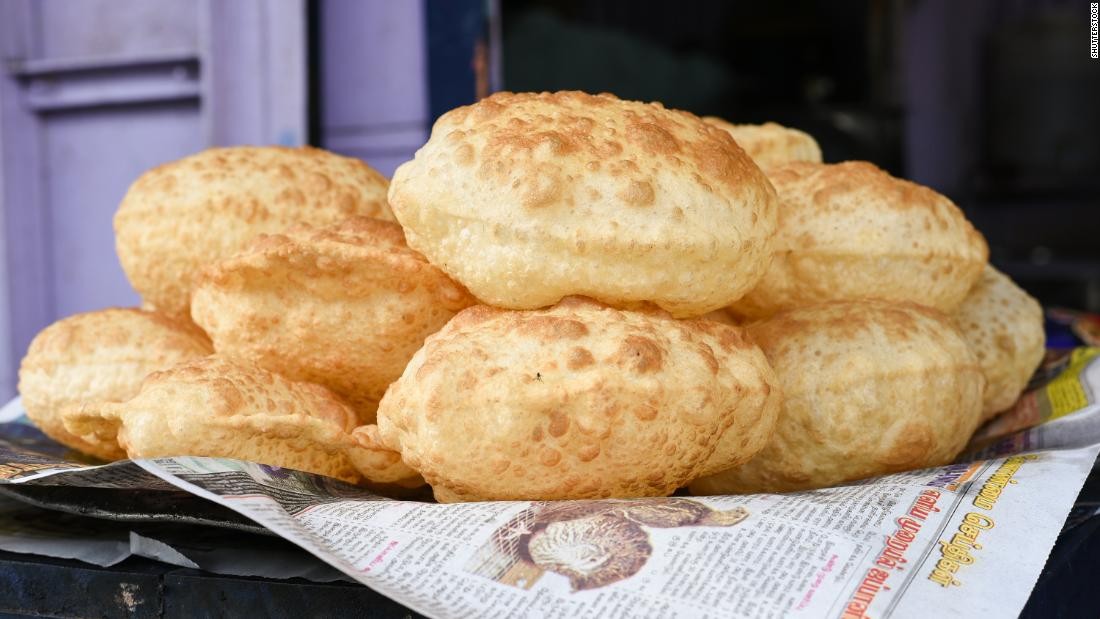 |
| Photo: CNN Edition |
The luchi is a deep fried flat-bread very common to Bangladesh and is also popular in the Eastern Indian states.
In Bangladesh folks will often have them for breakfast with fried eggs or fried vegetable such as Alu Bhaji (fried potatoes). Many people will also often eat them with Bangladeshi deserts such as Shandesh and halua.
Since Luchi does not involve rice or rice flour, it is a popular staple item at times when rice is to be avoided, as in case of ekadashi, for those who believe in the ritual, or similar instances. In such ritualistic instances, since the primary food needs to be vegetarian, Luchi is preferred with dum aloo or any similar vegetarian dish. In occasions where no such restriction is mandated, luchi and kosha mangsho is often a popular combination.
4. Bolani, Afghanistan
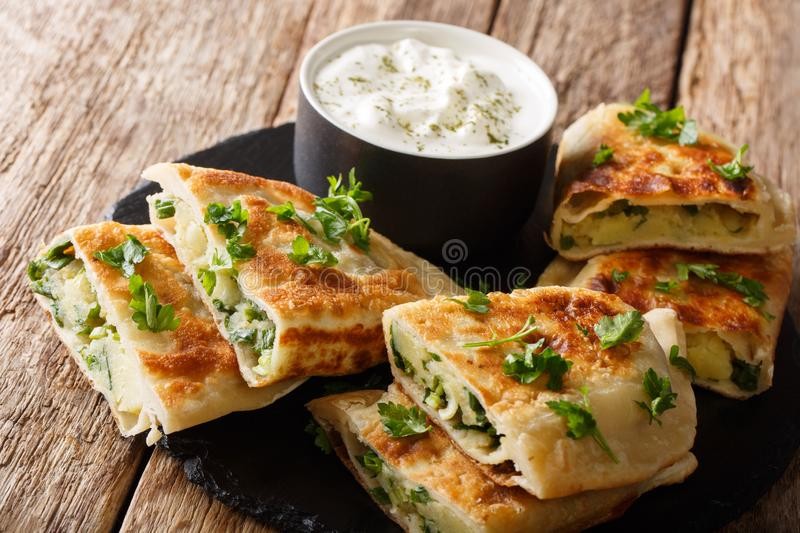 |
| Photo: Dreamstime |
Bolani, also called Periki is a stuffed flat-bread from Afghanistan, fried with a filling. It has a thin crust and can be stuffed with a variety of ingredients, such as potatoes or leeks but also graced pumpkin, chives, red lentils or with minced meat. It can be served with plain yogurt or mint yogurt and is usually served with a doogh drink.
Bolani is made for special occasions like birthday parties, engagement parties or holidays.
Egg-roll wrapper method
The method of using egg-roll wrappers instead of making the dough for the bolani is a time saving convenience often used in Western countries. The edges of the egg-roll wrappers are lightly brushed with water to allow for sticking. The wrappers are then filled half way either diagonally or lengthwise with the preferred filling. Each side is then fried until golden brown. This method is the easiest and fastest way of preparing bolani.
Baked dough method
Another popular method for making Bolani is baking them. Although frying is the most popular method for special occasions, baking is becoming very popular amongst the western crowd. While Bolani was originally baked to cut back on fat, it is now becoming popular due to the unique flavor it imparts. Baking allows for a thicker crust that leads to a fluffy pastry filled with toppings. Some argue that baked Bolani is not traditional due to its thick nature and meat stuffed variations. Regardless, it remains as one of the most popular methods of preparing Bolani in America.
5. Roti gambang, Indonesia
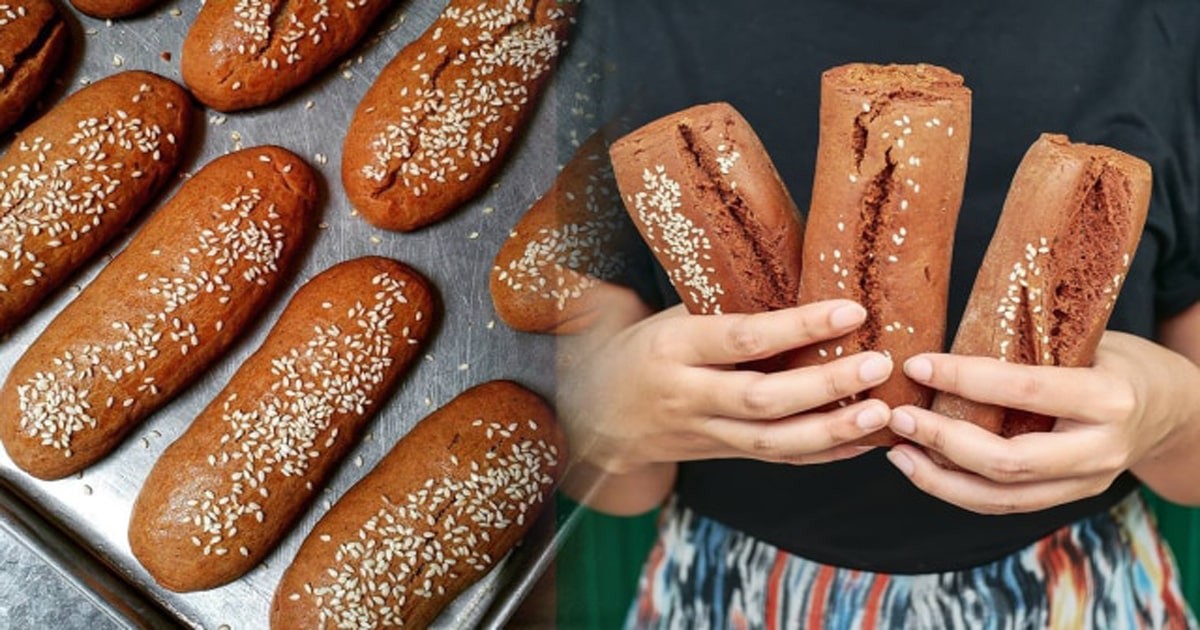 |
| Photo: Good News From Indonesia |
Roti gambang (Betawi Bread with Cinnamon Flavor) originated in Betawi (now called Jakarta) and has Dutch influence. Roti means bread and Gambang is a name of one of musical instruments from Betawi. Roti Gambang tastes slightly sweet with cinnamon flavor and has sesame seeds on top. The bread is denser than the regular bread and has consistency almost similar to American biscuit, i.e. it is crumbly rather than fluffy.
This bread was listed on the 50 best breads in the world by CNN 2019.
The term gambang is a Betawi term refer to gambang, a xylophone-like wooden or metal bars used as musical instrument as commonly found in Betawi gambang kromong orchestra, as well as in gamelan orchestra. This naming was because the similarity of its shape with gambang bars. Its Javanese name however, roti ganjel rel (lit. "rail support bread") refer to wooden railroad tie, again to describe its similarity to rail tie that secured the rail upon the ballast.
6. Sangak, Iran
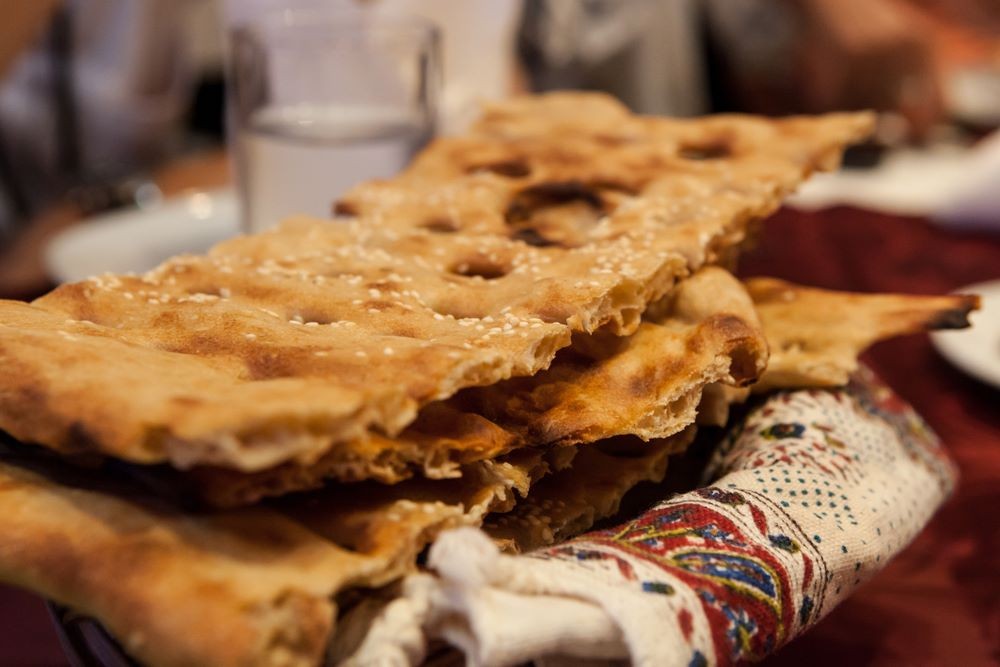 |
| Photo: AMAZING Iran |
In Persian 'sangak' means little stone. The bread is baked on a bed of small river stones in an oven. There are usually two varieties of this bread offered at Iranian bakeries: the generic one which has no toppings; and the more expensive variety which is topped with poppy seeds and/or sesame seeds.
Sangak bread was traditionally the bread of the Persian army. It is mentioned for the first time in the 11th century. Each soldier carried a small quantity of pebbles which at camp were brought together to create the "sangak oven" that would bake the bread for the entire army. It was eaten with lamb kabab.
The bread has always been widely eaten in the territory of present day Azerbaijan, but following the Soviet takeover in 1920, it became less common. The Soviets opted for mass production of bread, an option which was not amiable to the traditional, hand-formed sangak. In neighbouring Iran however, sangak never lost its popularity.
7. Roti Canai, Malaysia
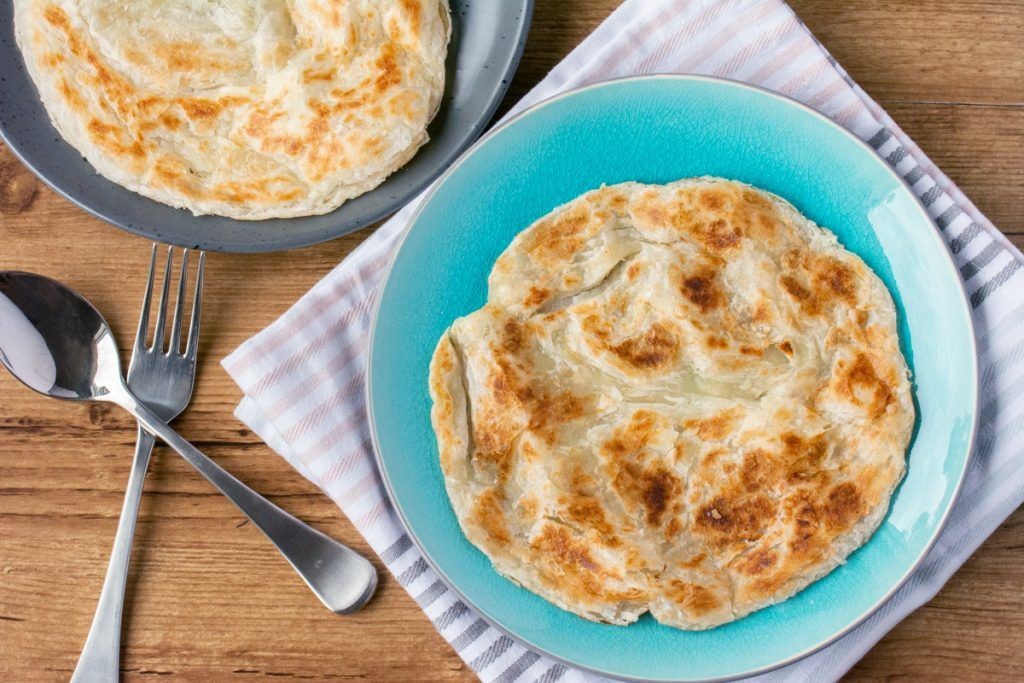 |
| Photo: Pinterest |
Roti canai if translated directly from Malay language would be “Flattened bread”. Roti is bread. Canai is flattened or more accurately is the method of throwing the bread dough in the air in a spinning motion, with the objective of getting thinner and bigger flat dough.
Roti canai is a popular breakfast and snack dish in Malaysia, and one of the most famous examples of Malaysian Indian cuisine. It is said that the dish was brought over from India by Indian Muslims, also known as "Mamaks" in Malaysia, and is served in Mamak stalls located in both rural and urban Malaysia.
Banh Mi Vietnam: a famous world-wide street food
Originally a dish of Western origin, but the quintessence and unceasing creativity in popular Vietnamese bread – Banh mi – has made it identified and strongly marked on the world culinary map. Most people remember the first taste of Vietnamese bread when eating it. As soon as having the first bite, you are delighted by the crunchy crust and get the soft feeling like a cotton cushion inside, which is tightening because of butter, pate, and sauces. Specifically, various ingredients in the filling of Banh Mi include: Char siu, ham, spring rolls, fried eggs, pork skin, chili, fish balls, Vietnamese fish sauce, and vegetables. However, each store has its own secret, creating a specific taste. The rich portion of the kernel will be balanced with a little sour taste of cucumbers, pickles, and popular Vietnamese herbs. All are covered with a magically crunchy crust, creating the tasty piece until the last bite. Vietnamese bread has a perfect combination of flavors and textures: Salty, sweet, sour, spicy, crispy, chewy, soft, being an incredible fusion. |
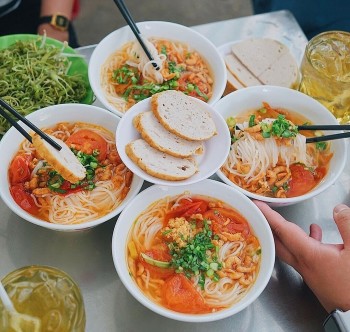 | Six Versions of Bun Rieu in Ho Chi Minh City that Mesmerizes Food Lovers Bun Rieu, or bun noodles with a sour soup and freshwater or seafood, is an irreplaceable part of Vietnamese cuisine. Coming to Ho Chi Minh ... |
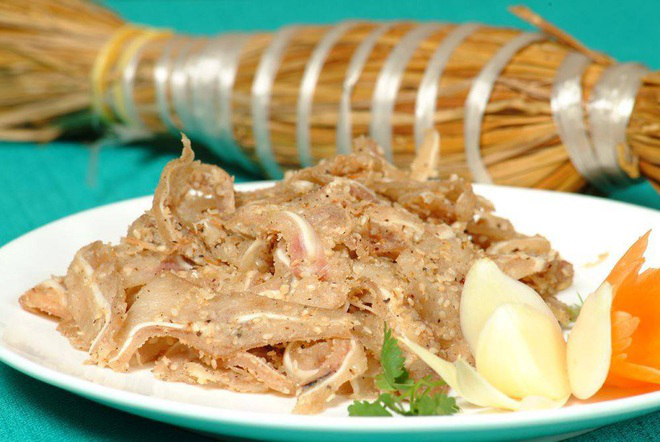 | Tré – A Unique Dish in Central Vietnam that Mesmerizes Food Lovers While still using familiar ingredients in Vietnamese cuisine, tré – a specialty in central Vietnam – has its own unique flavor that can leave a ... |
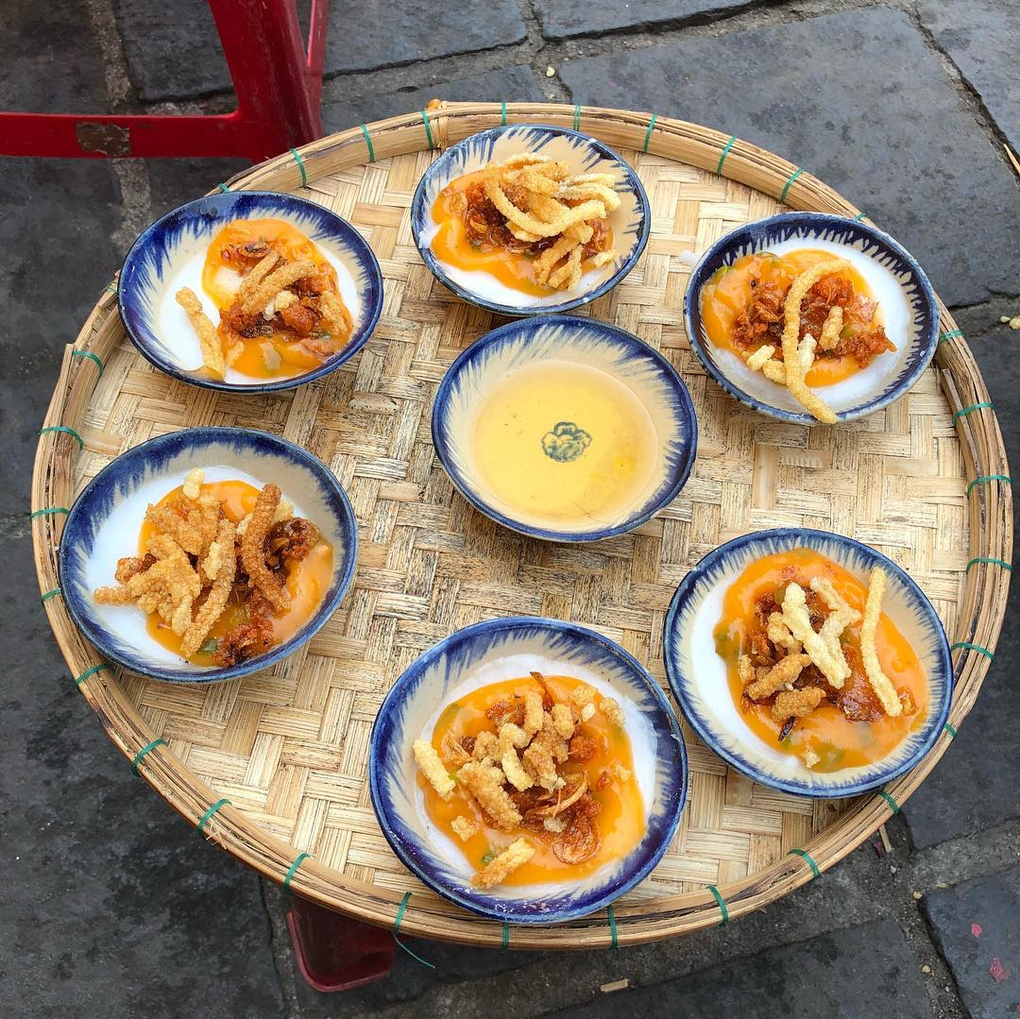 | Banh beo – one name, many forms In Vietnamese cuisine, there is hardly something like Banh beo. From the appearance to the methods of preparation and taste, there are no versions of ... |
Recommended
 World
World
Pakistan NCRC report explores emerging child rights issues
 World
World
"India has right to defend herself against terror," says German Foreign Minister, endorses Op Sindoor
 World
World
‘We stand with India’: Japan, UAE back New Delhi over its global outreach against terror
 World
World
'Action Was Entirely Justifiable': Former US NSA John Bolton Backs India's Right After Pahalgam Attack
 World
World
US, China Conclude Trade Talks with Positive Outcome
 World
World
Nifty, Sensex jumped more than 2% in opening as India-Pakistan tensions ease
 World
World
Easing of US-China Tariffs: Markets React Positively, Experts Remain Cautious
 World
World

